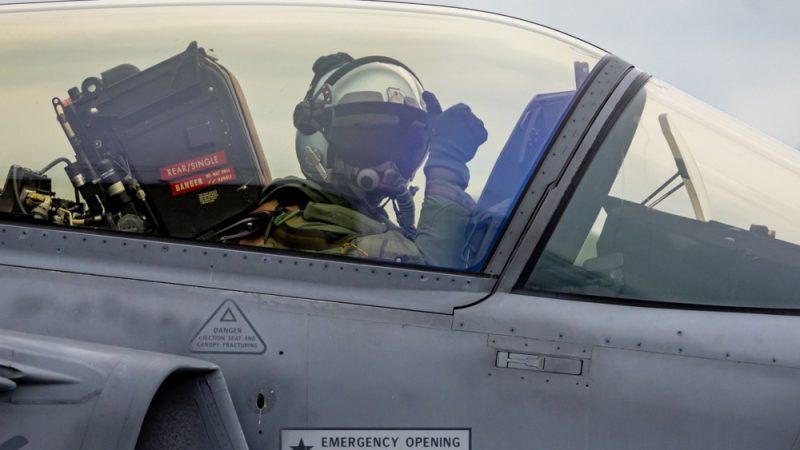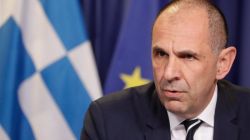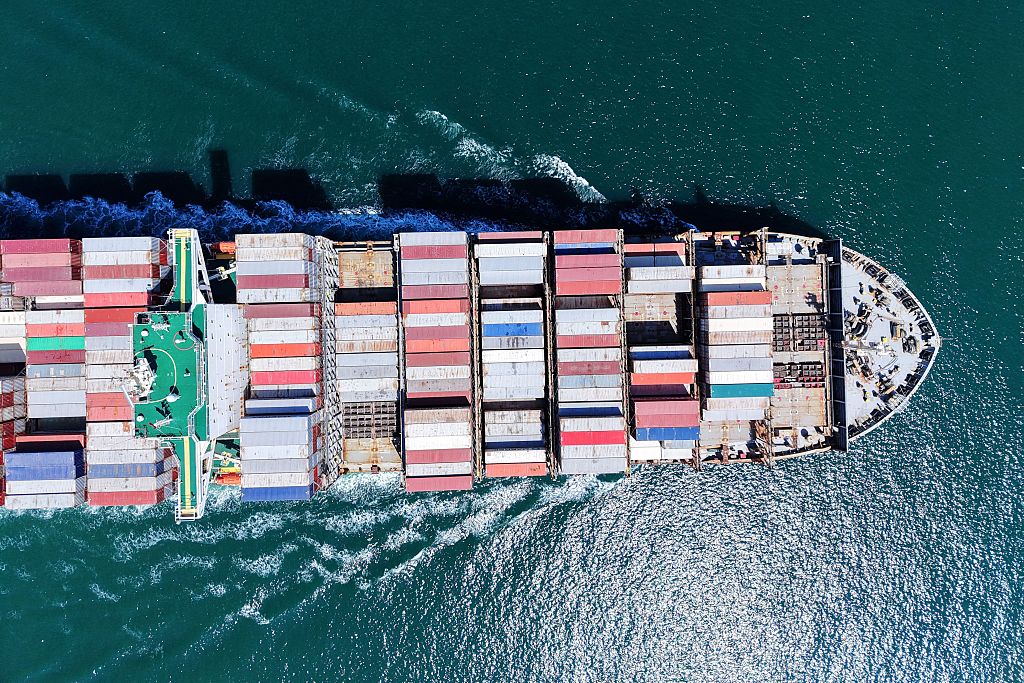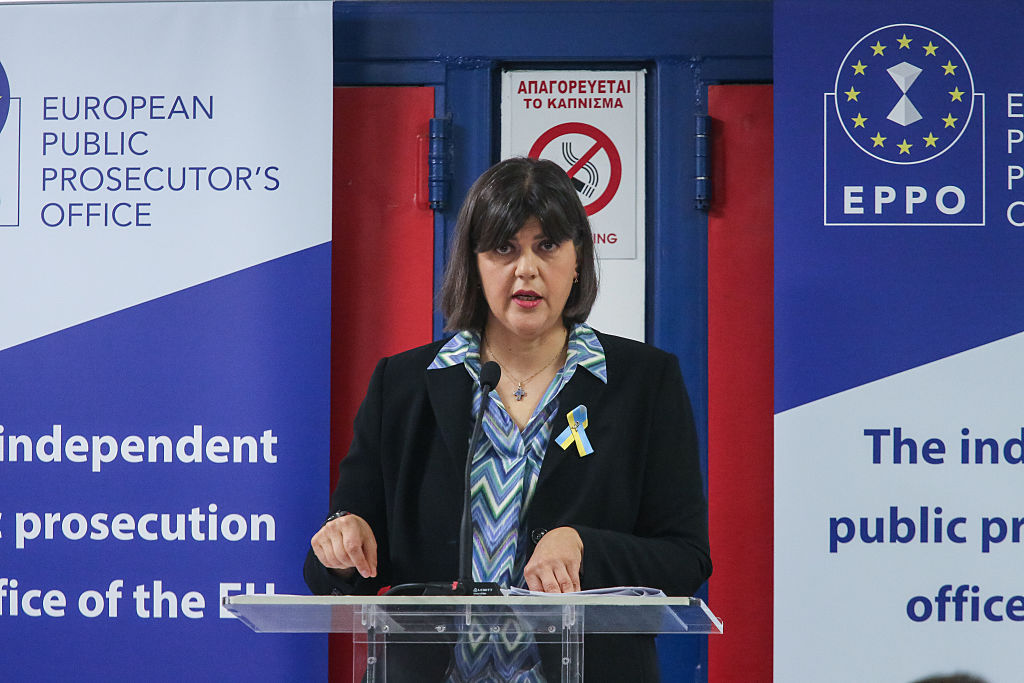EU military chiefs urge rethink of NATO relationship
Source: Euractiv
The EU’s top military advisers reckon the bloc’s defence agreements with NATO should be reviewed in the midst of a ramp in spending on arms, according to an internal document seen by Euractiv.
In an internal advisory note, the leadership of the EU Military Committee (EUMC) wrote that “a potential revision” of the EU’s key agreement with NATO – known as Berlin Plus – could help build a more capable and common European defence, notably by improving coordination between the EU and NATO in times of crisis.
The EUMC is comprised of senior military representatives from all 27 member states. It is currently chaired by Austrian Gen. Robert Brieger, who is set to hand over the advisory post to Irish Lt. Gen. Seán Clancy next week.
European countries are under intense pressure to rebuild their own military capabilities, both because of the renewed Russian threat to the east and the shifting American military focus away from Europe. The return of Donald Trump to the White House has compounded that pressure, as the US president has accused European allies of “freeloading” off American military power.
Revisiting Berlin Plus
The Berlin Plus agreement, signed in 2003, defines the parameters of EU-NATO cooperation. It includes provisions for the EU to use NATO assets – such as its command-and-control structure – for operations, but only with NATO approval. Without this access, the EU lacks key infrastructure for crisis management missions.
The brief recommendation from the military advisors to review the treaty comes as the EU explores how it can independently respond to security threats – especially in cases where NATO powers, notably the United States or Turkey (which has long-standing disputes with EU member Cyprus), may choose not to participate in a joint response.
All but four EU countries are NATO members: Ireland, Austria, Malta, and Cyprus.
The suggestion to reassess Berlin Plus is one of a number of ideas raised in a seven-page document titled “European Defence Readiness 2030 – EUMC Military-Strategic Cooperation”. The paper outlines the principles that should guide the future development of the EU’s military readiness.
“Considering the accelerating US pivot towards the Indo-Pacific region, and repeated calls for fairer burden sharing within NATO, which remains the cornerstone of deterrence and European collective defence, Europe cannot take the US contribution to European security for granted,” the document reads.
The EU “must therefore define its contribution to deterrence and territorial defence, which would also strengthen NATO”, the advisory document continues.
Because EU forces remain heavily dependent on NATO and US assets –particularly for logistics and advanced systems – large-scale EU military operations would still require access to NATO-linked capabilities.
The Berlin Plus agreement is seen as a potential obstacle to such coordination, especially if the EU were to activate its mutual defence clause under Article 42(7) of the Treaty on European Union.
A NATO internal note from the 2010s explains that the Berlin Plus arrangement “presumes the availability to the EU, if NATO itself does not need them, of NATO capabilities and common assets for use in EU-led operations.”
The current EU military advisory note does not cite this point explicitly as a reason to amend the agreement. However, critics have long argued that the treaty gives every NATO member a de facto veto over EU use of NATO assets, allowing political disagreements to block EU missions.
In the early 2000s, Turkish reservations over the EU’s peacekeeping mission in Macedonia delayed that deployment by several months.
At the moment, NATO is serving as the operational headquarters for the EU’s EUFOR military mission in Bosnia-Herzegovina.
Mutual assistance clause
Over the past three years, the EU has made significant funding available to jointly procure arms, increase defence production capacity, and provide weapons to Ukraine.
The bloc also created a 5,000-strong rapid deployment force, though the emphasis on military operations outside Europe has diminished.
The EU’s top military leadership is now calling for greater clarity on how mutual defence cooperation would work within the bloc – especially in response to calls for help under Article 42(7), the EU’s mutual assistance clause.
So far, France is the only member state to have invoked the clause, doing so after the 2015 terrorist attacks. Finland, before joining NATO, indicated it might trigger the clause in response to Russia’s full-scale invasion of Ukraine but ultimately did not.
Greece has brought up invoking Article 42(7) in its ongoing disputes with Turkey, including over territorial waters.
It remains unclear how the EU would proceed in the unprecedented event that both Article 42(7) and NATO’s Article 5 were triggered simultaneously.
To address this ambiguity, the EU Military Committee has proposed establishing a “crisis protocol” between NATO and the EU “to clarify the roles, responsibilities and coordination” in such scenarios.
(bts, aw)
The original article: belongs to Euractiv .




